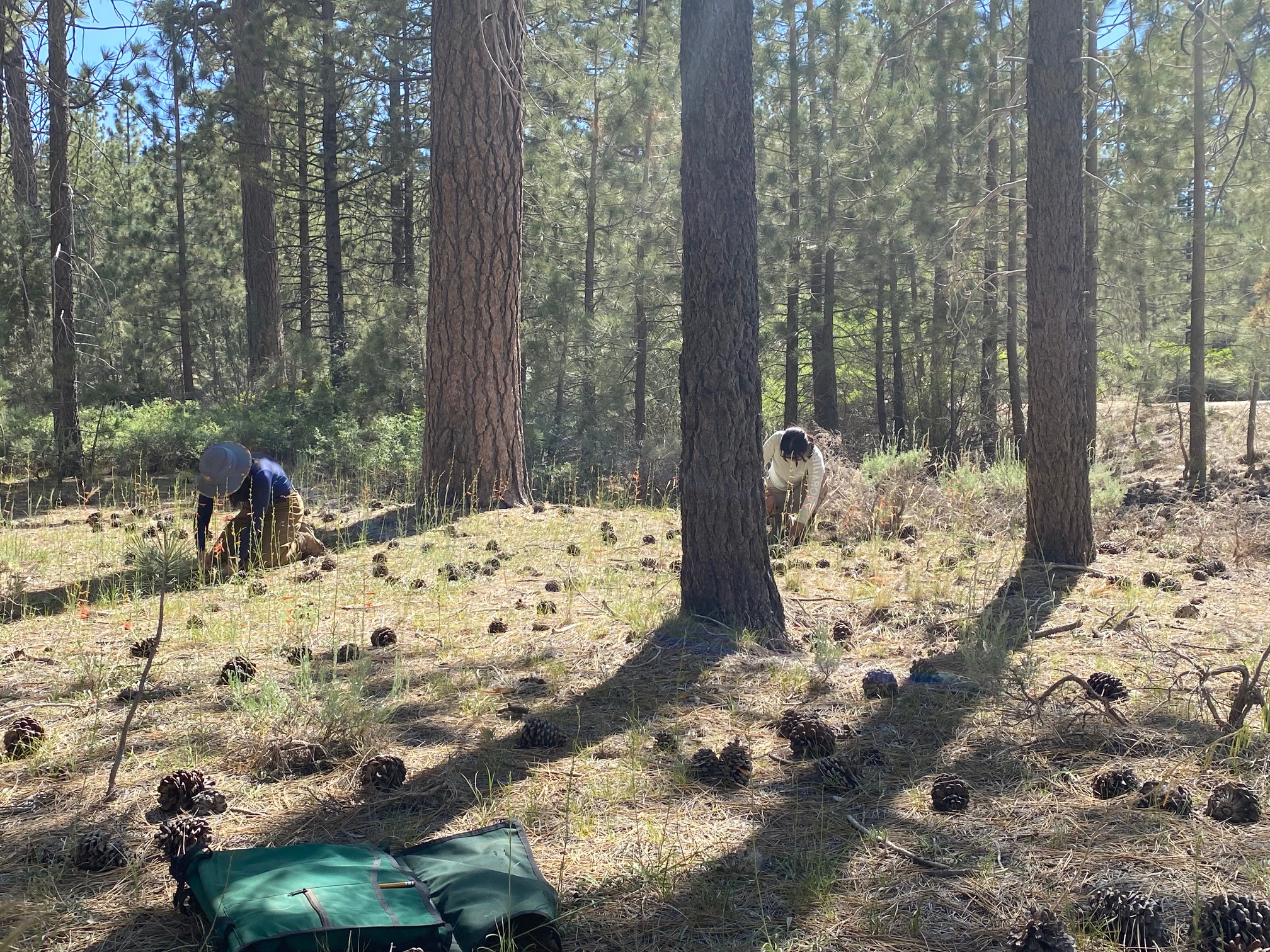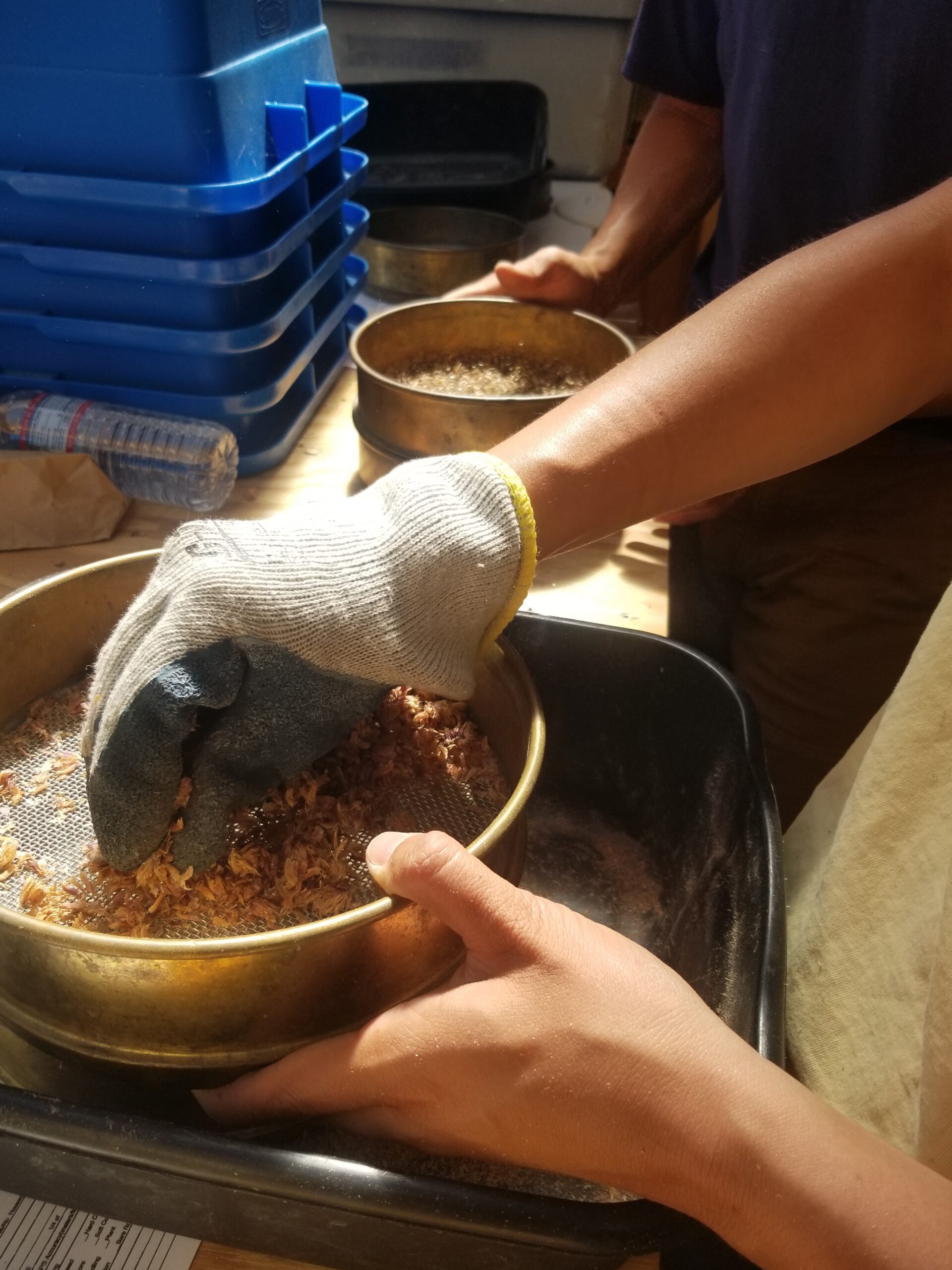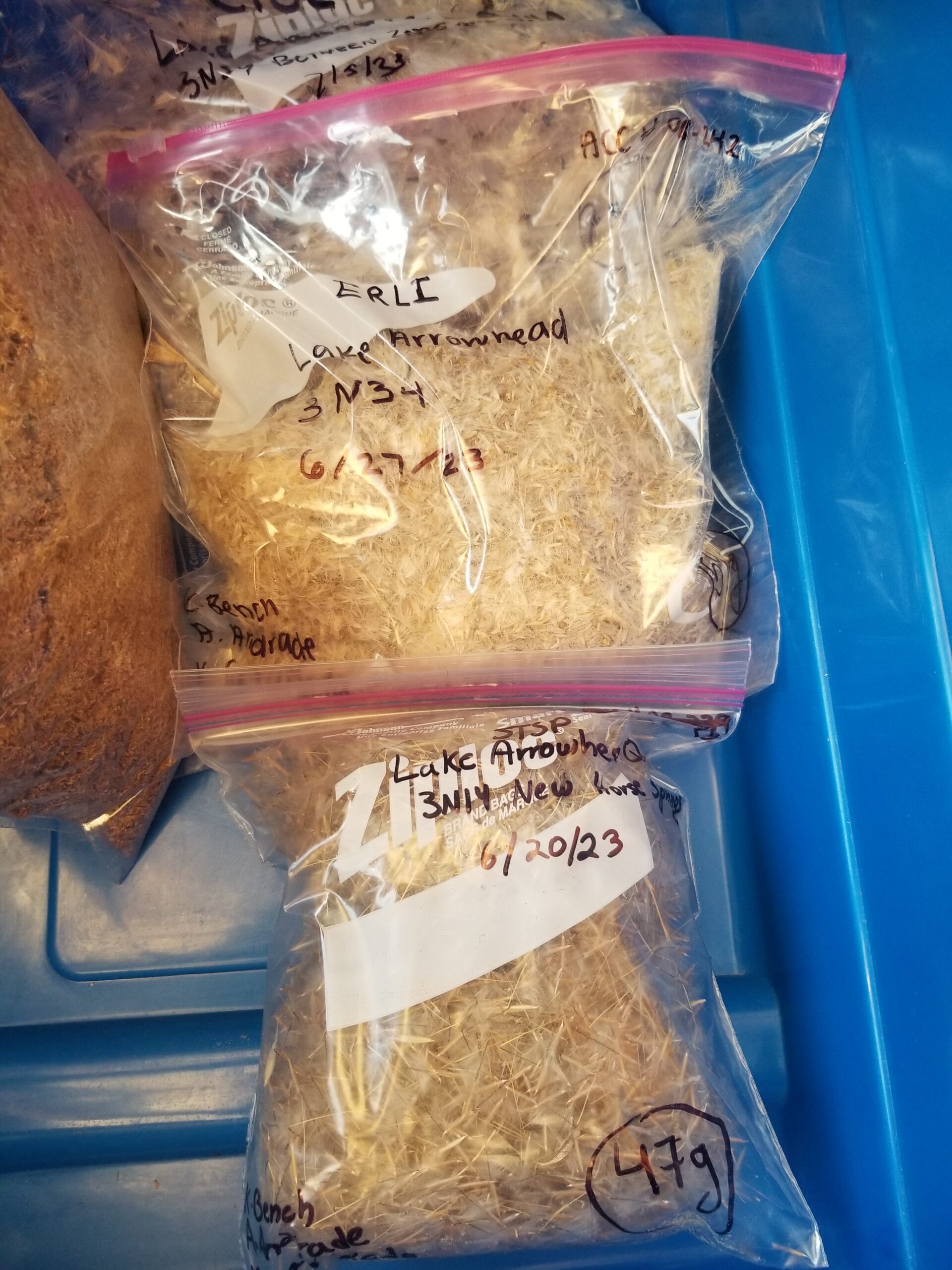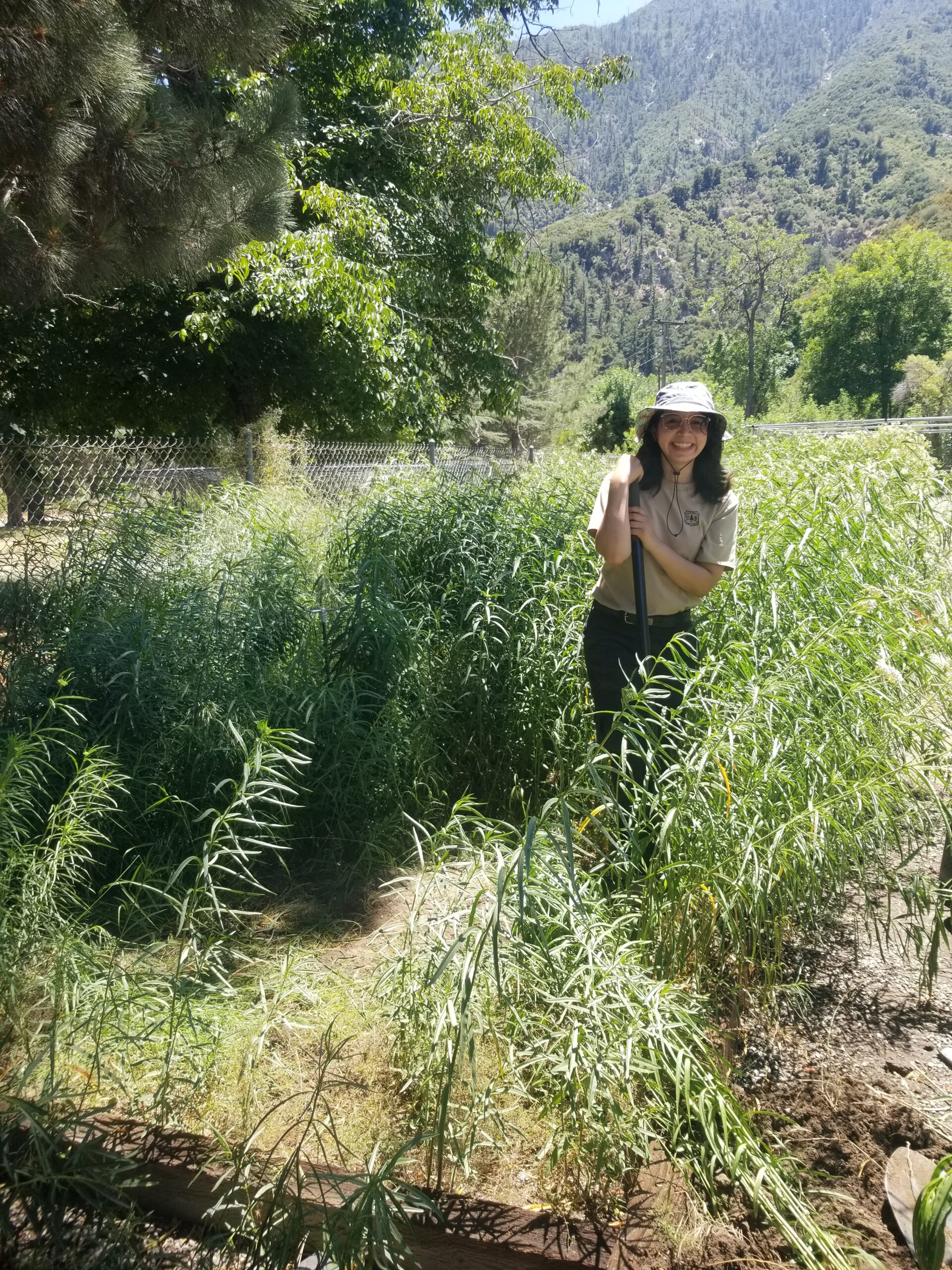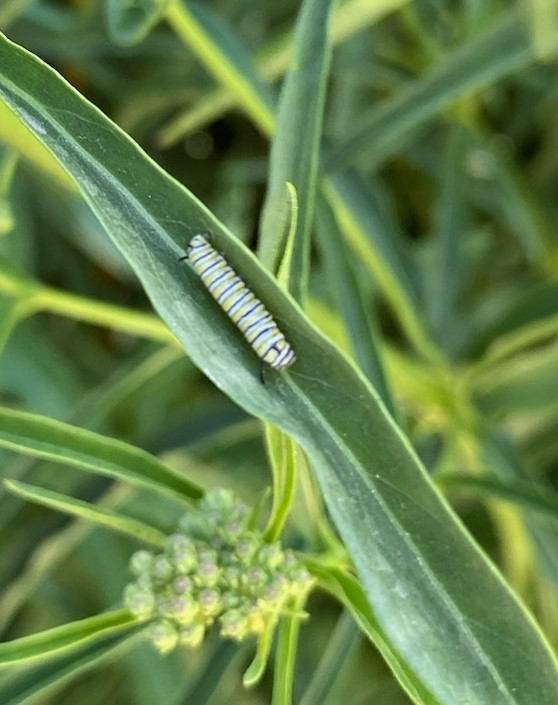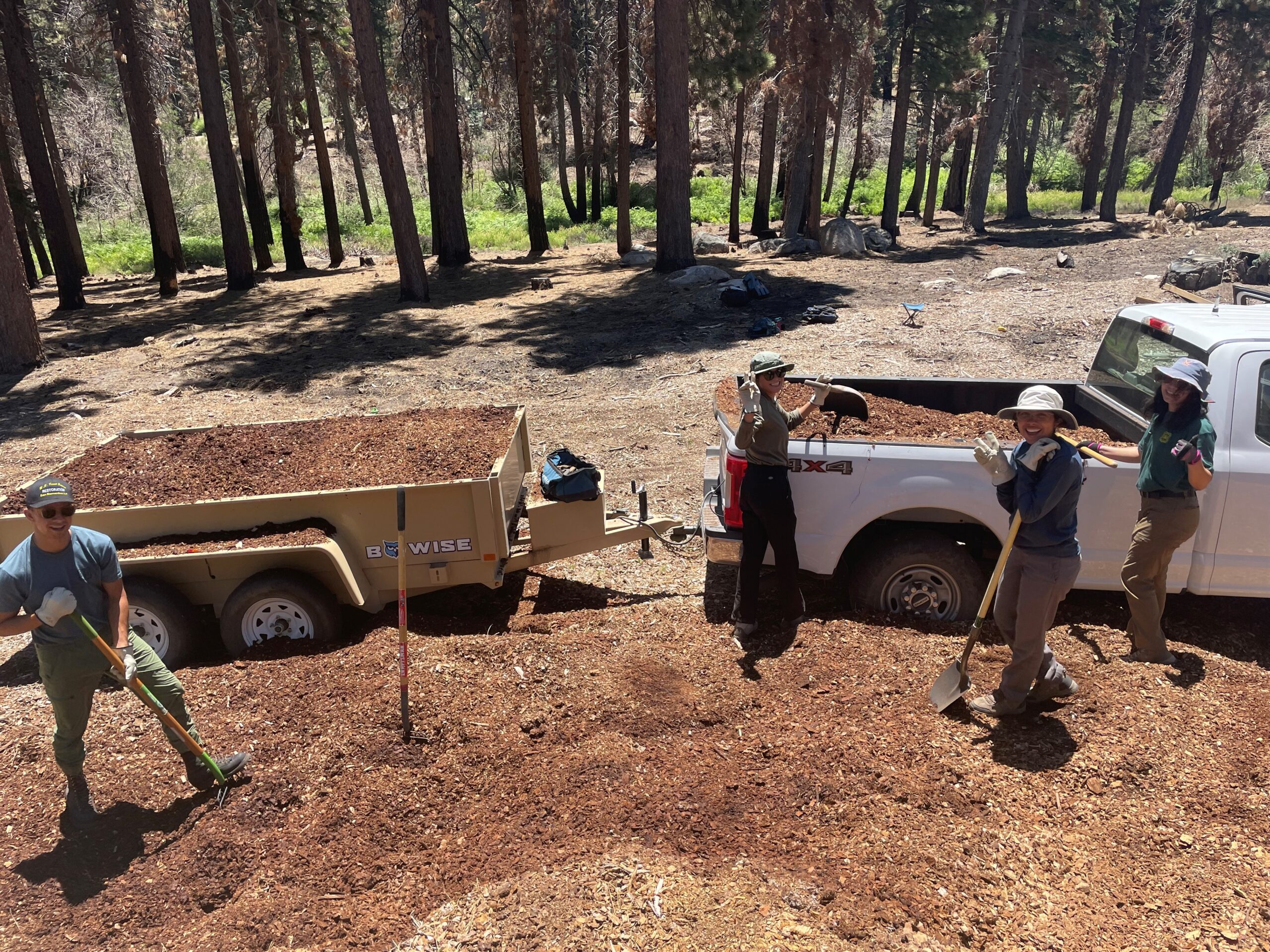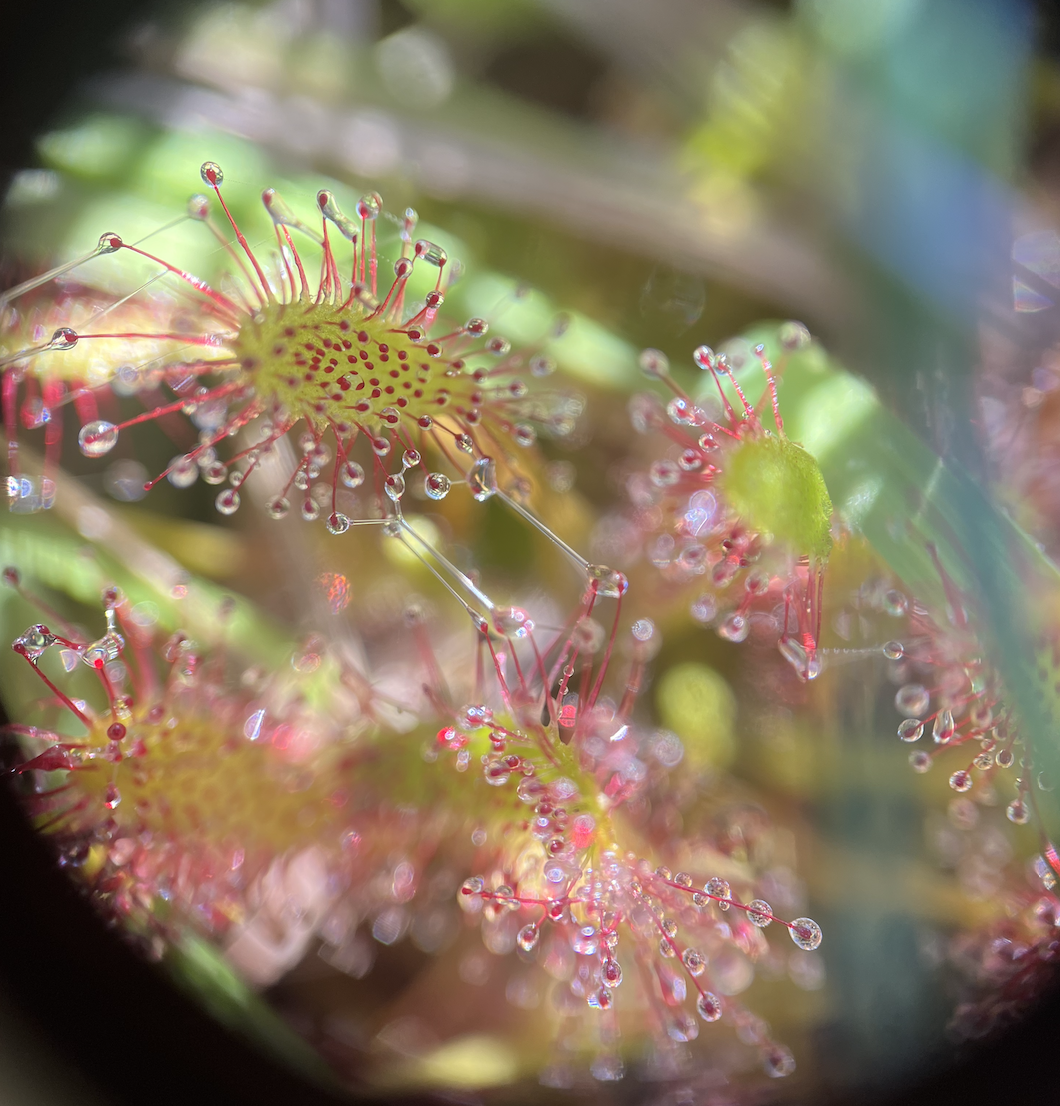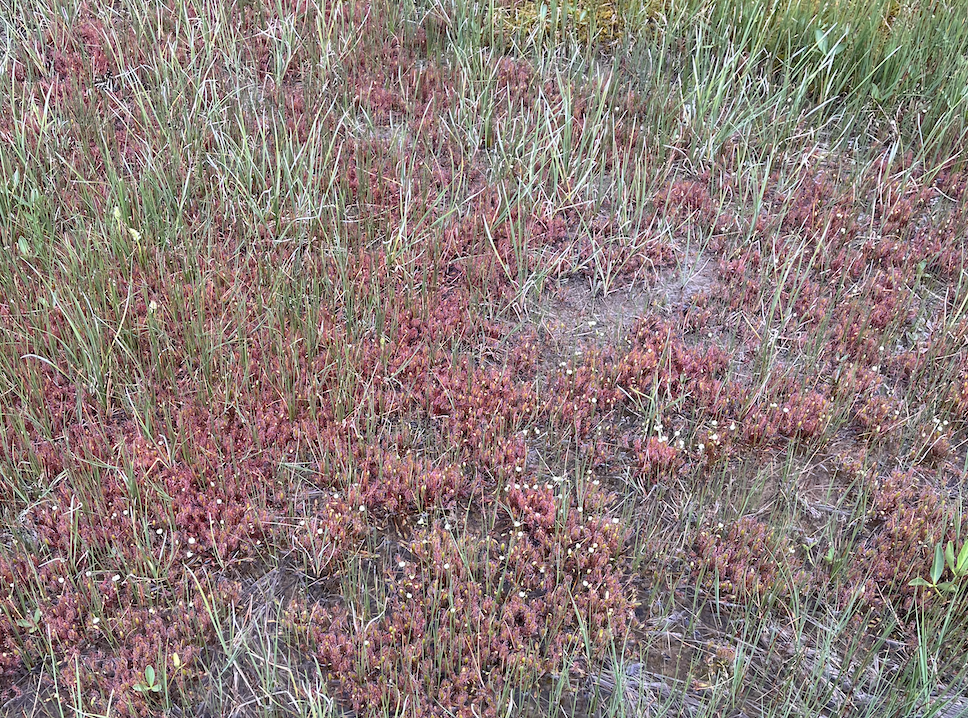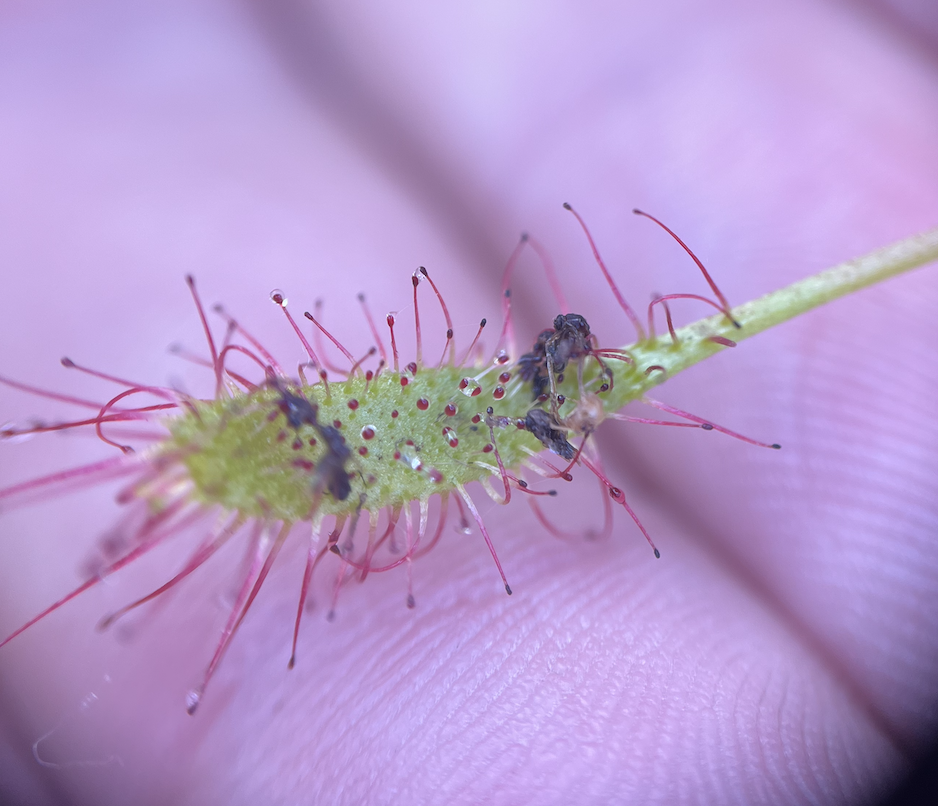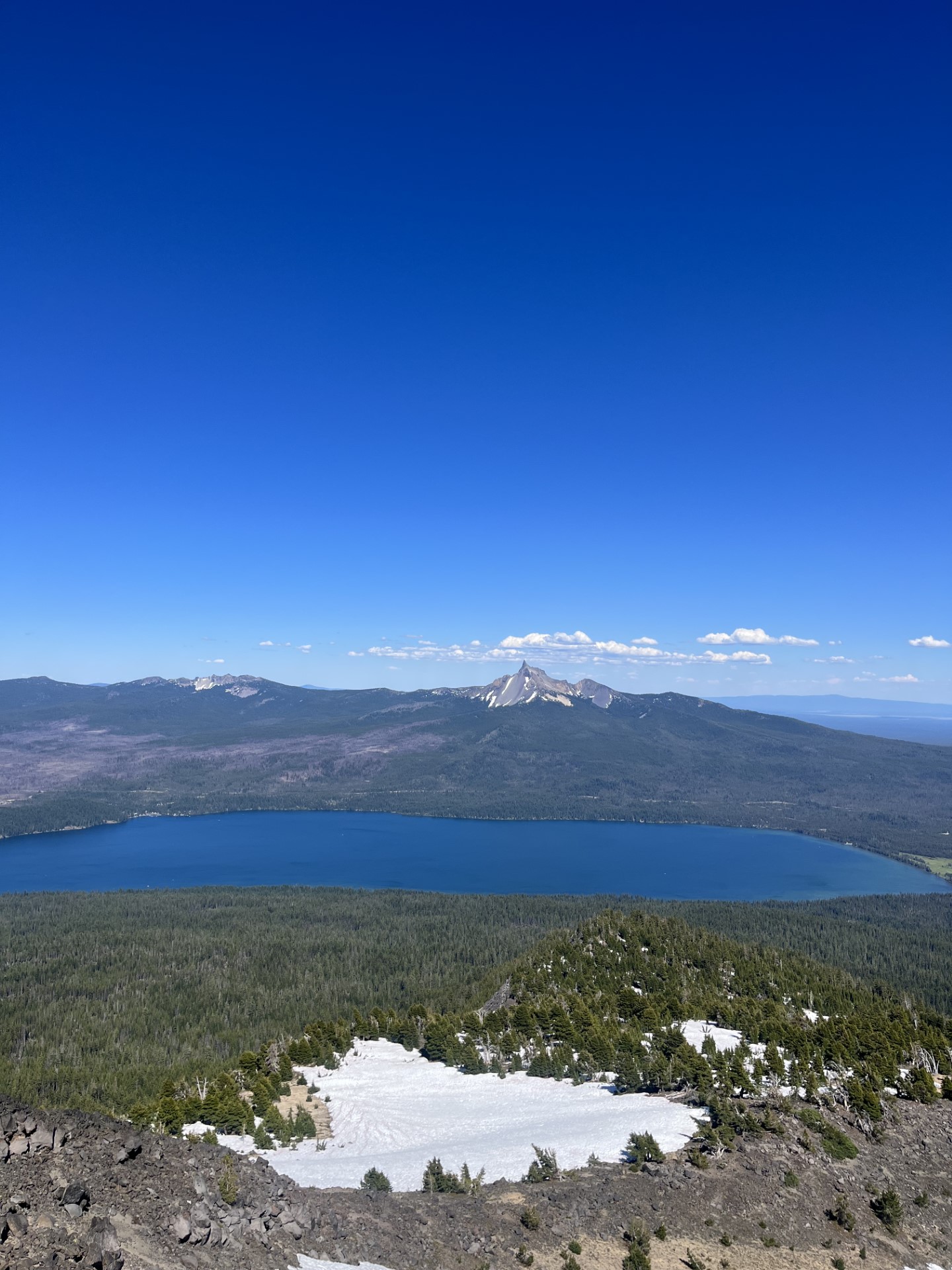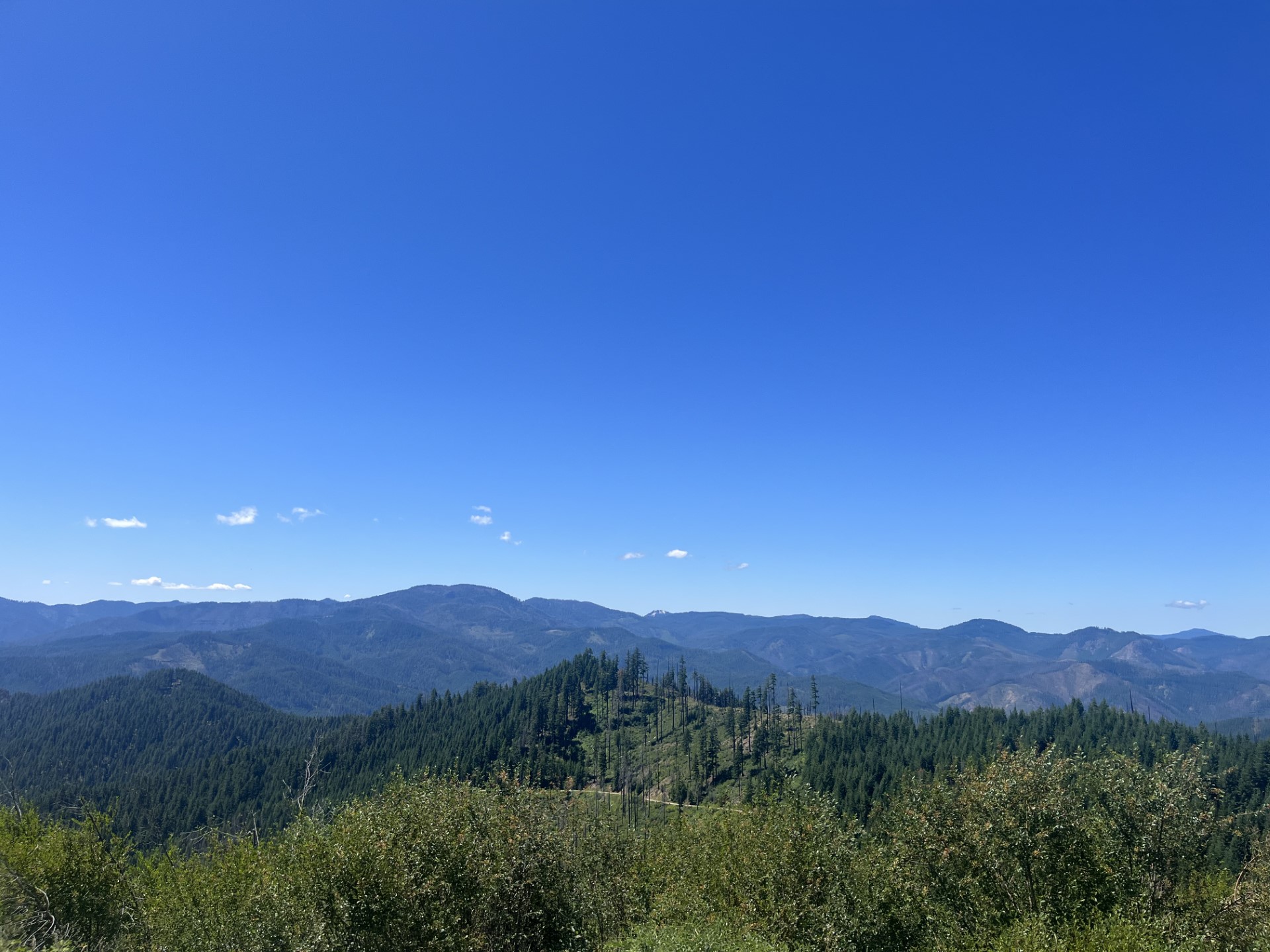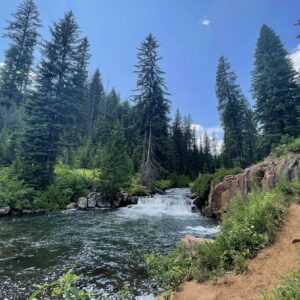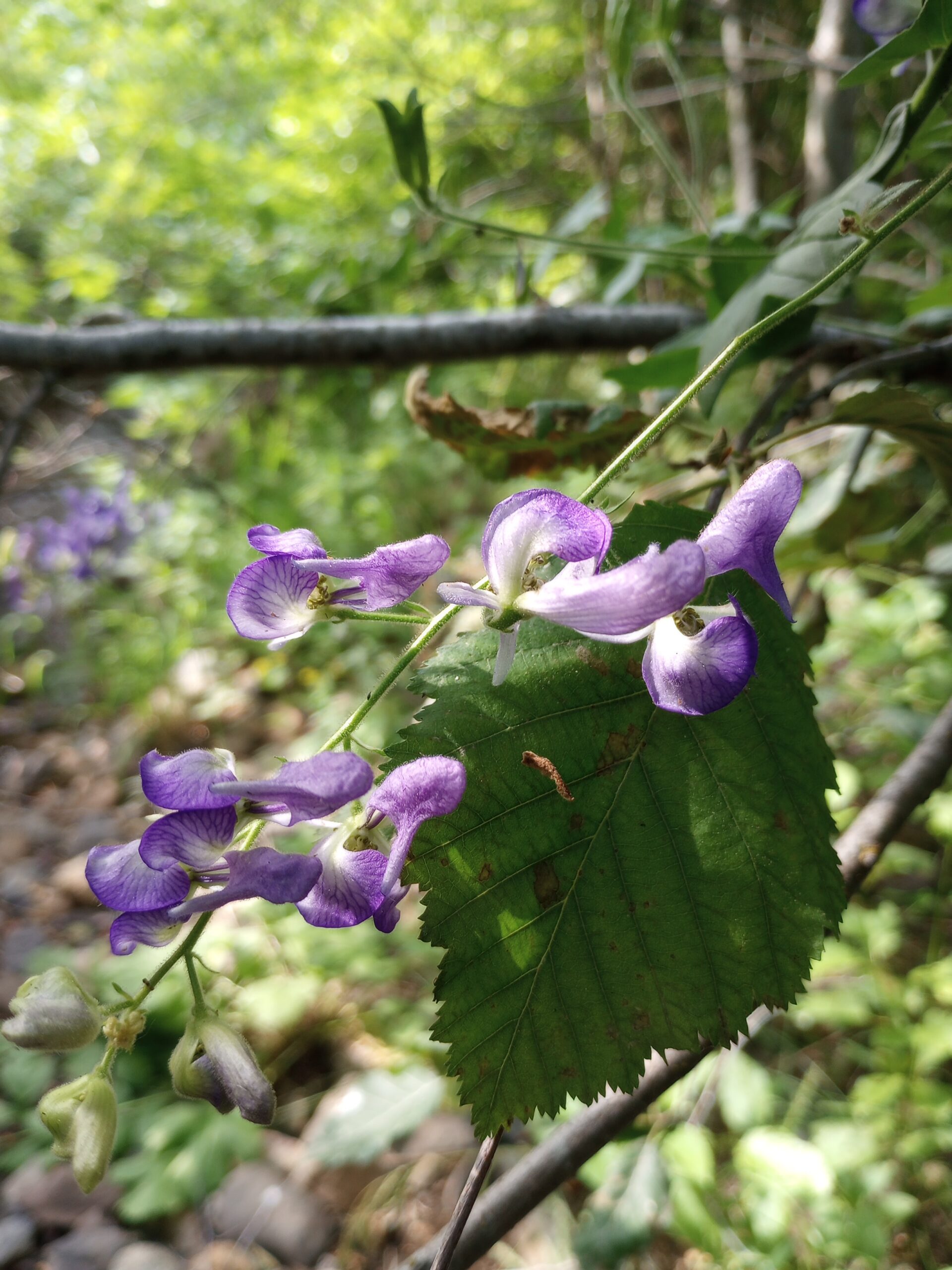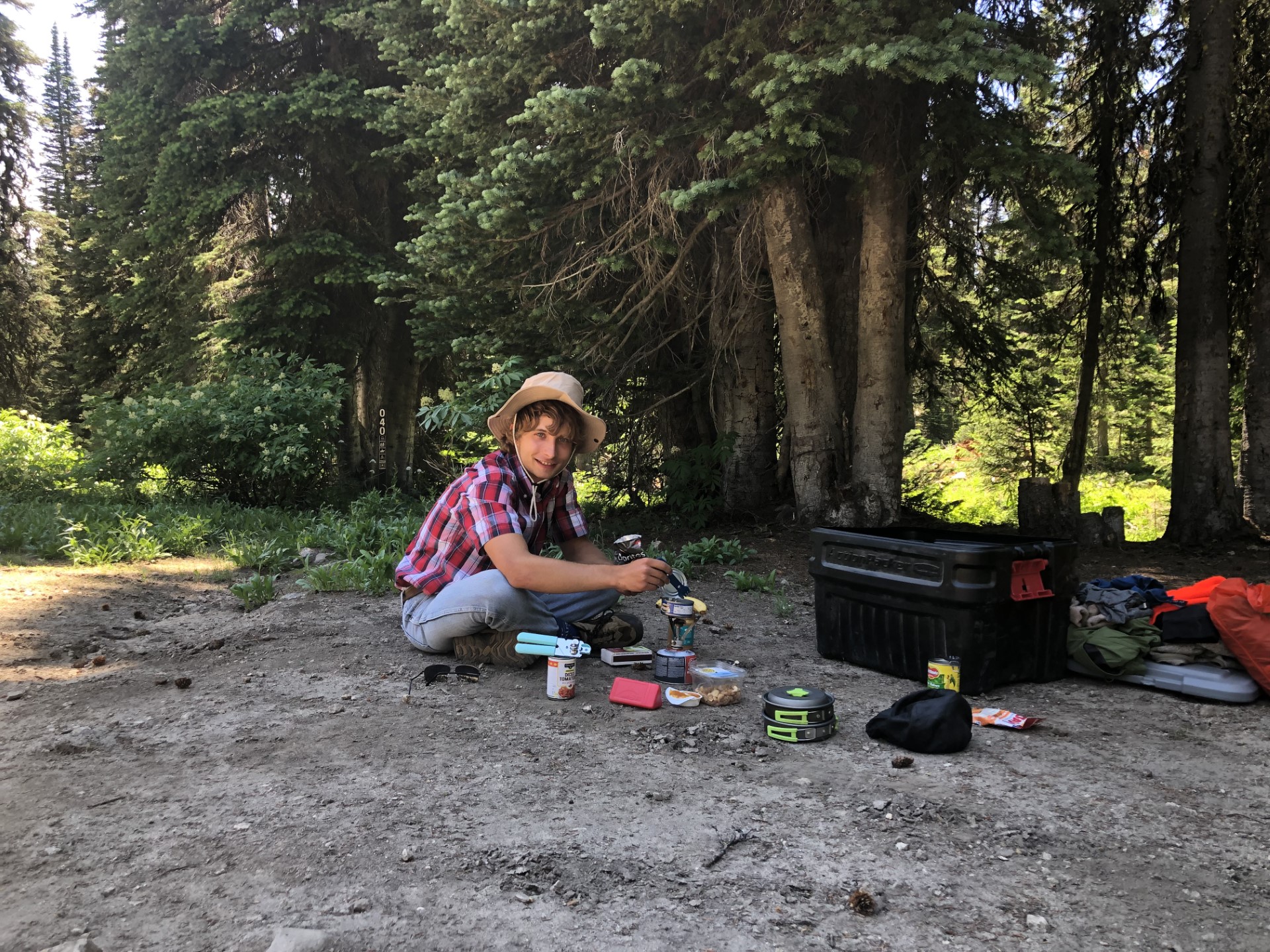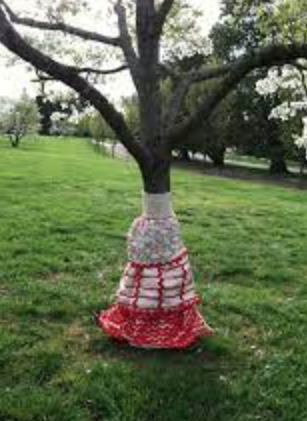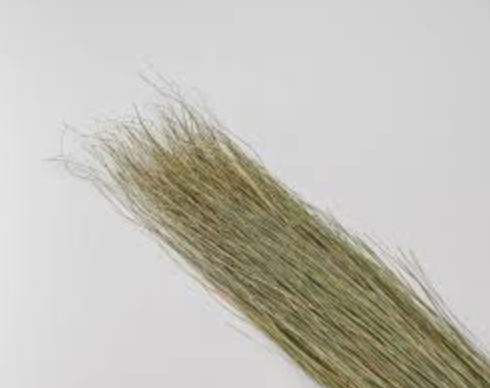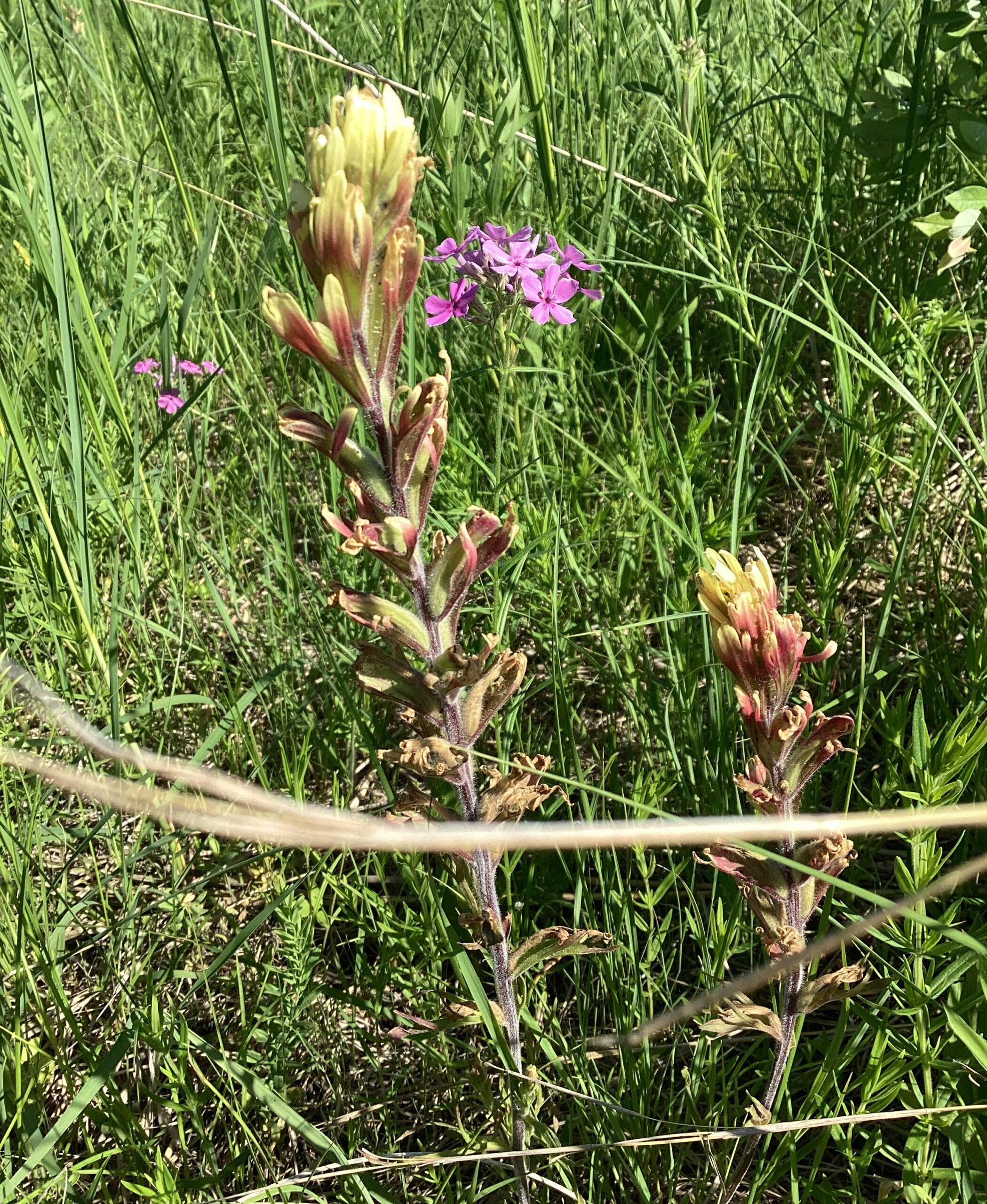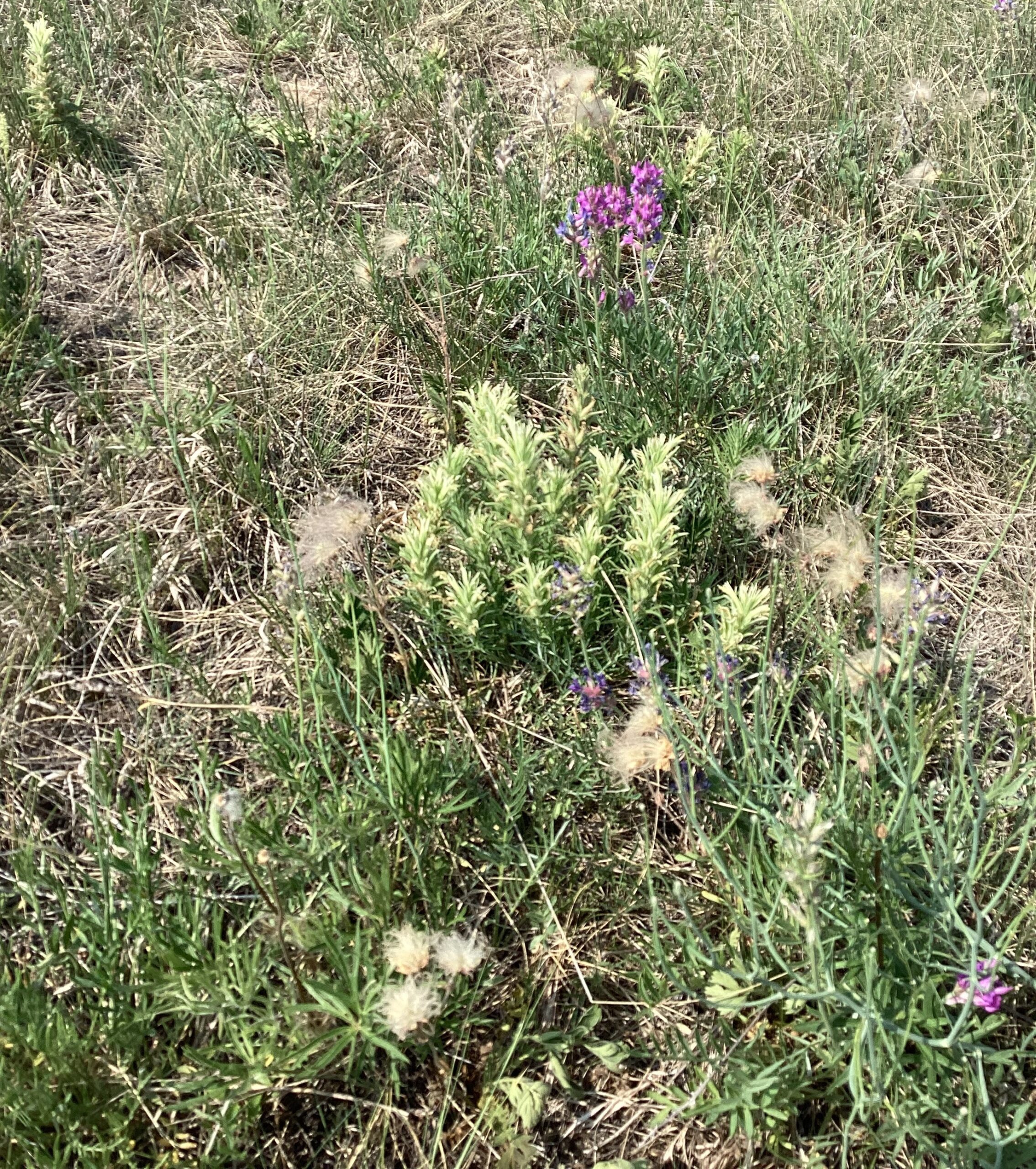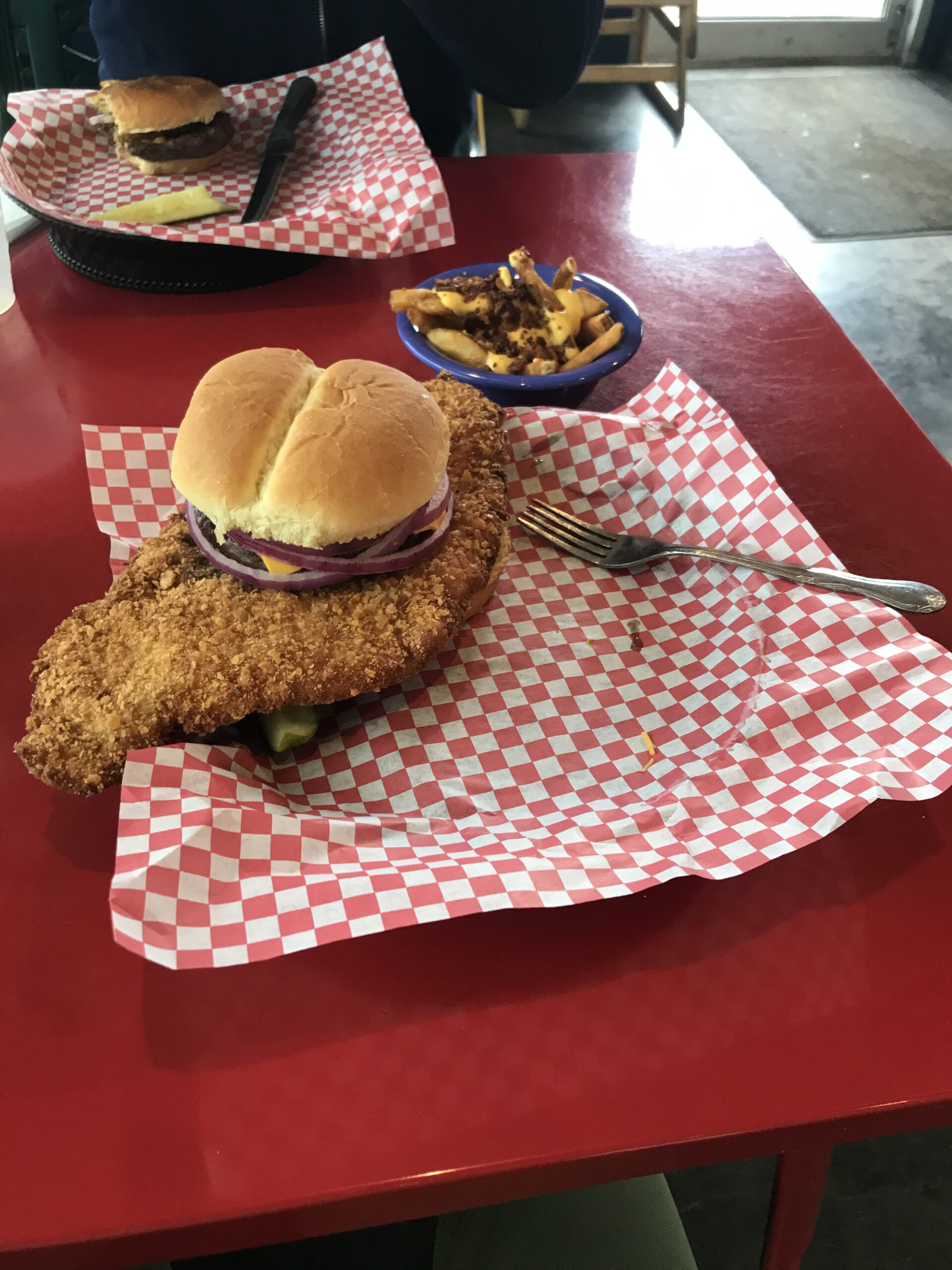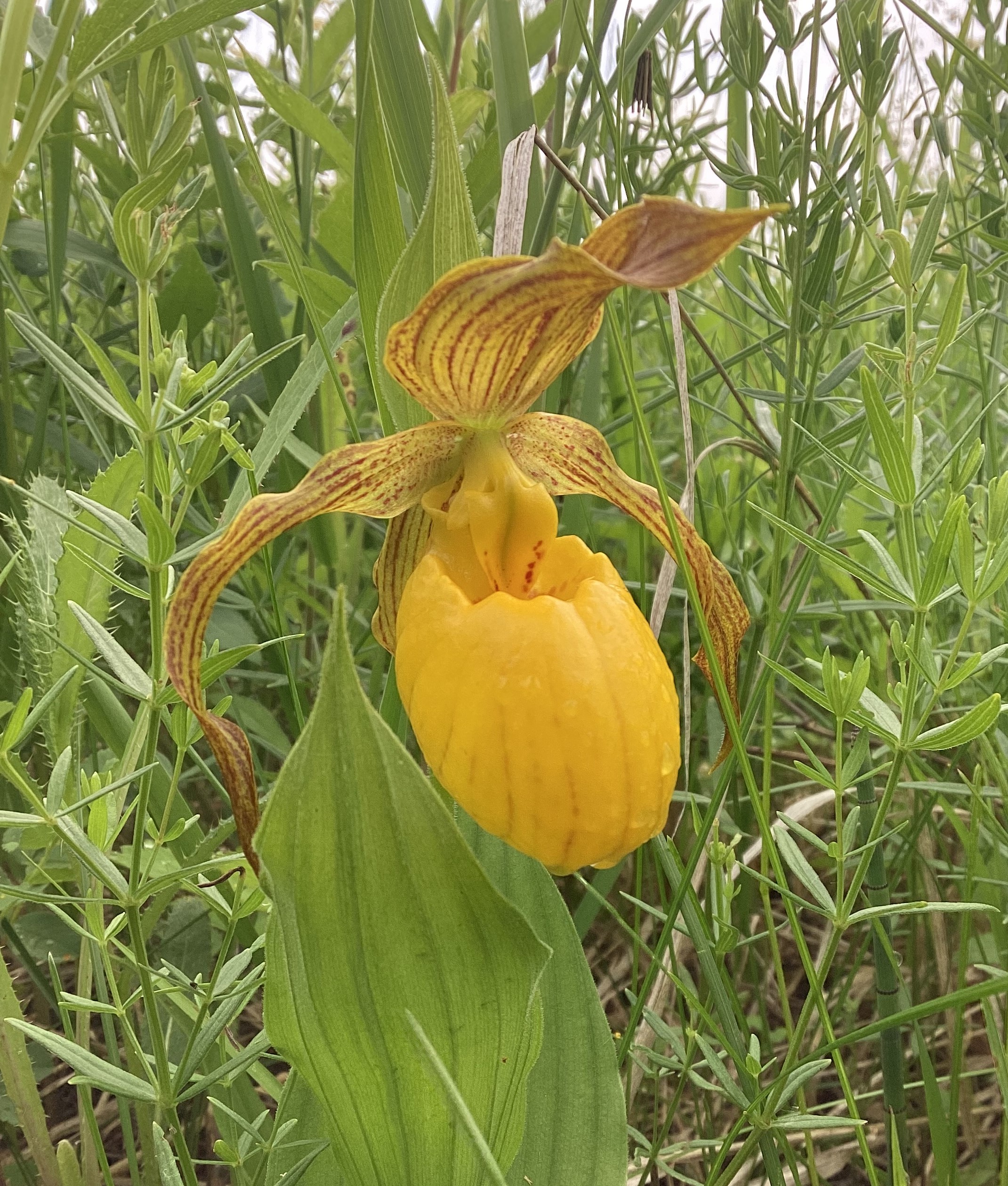July is a month to celebrate—America’s independence, the heat of the summer before it gets too old, interns (national intern day is July 27th, according to nationaltoday.com). In the botany department at Tonasket ranger district, we celebrated finishing our ongoing survey of an inhospitable 10-ish mile stream system, Maria’s (pronounced Mariah’s) Creek. At times, I believed that the spirit of Maria was alive and well, out for mine and my coworkers’ blood. And blood she got.
Maria’s Creek is situated within a canyon, adjacent to a well-traveled USFS road. Though the road sees plenty of traffic, most of the stream seems to have been abandoned by humankind many years ago. The creek is narrow, almost as deep as it is wide in most spots. As inhospitable as it is to someone like me, it is a haven for plants, particularly the varieties with thorns and other lines of defense. Each bank of Maria’s creek is thick with Rosa woodsii, Ribes lacustre, with scattered surprise spots of Urdica dioica. Bravely, we fought our way through the waist-high roses and pushed past patches of stinging nettle to search for sensitive plants that prefer to make riparian habitats their home.
Maria didn’t want to make things too easy for us, though, and bush whacking can be tedious but not always hazardous. Her preferred method of spicing up the “trail” was through fallen trees. In certain spots, crisscrossing logs, fallen from the canyon side far above, were so dense there were no other options but to hop from trunk to branch, praying neither the rotting wood nor your shaky balance gave out. On our first day surveying the creek, David fell victim to a log that had been there a bit too long to be of much support; falling straight into the running stream below. Perhaps the rest of us should have taken that as a prediction for how the rest of the day would go.
Sweaty, bruised, and battered, the crew made it two and a half miles on our first day in the creek. Judging by the downtrodden feeling in the pit of my stomach, my spirit felt like we had made it much farther. Over the next two weeks, we took breaks to visit nicer creeks and wetlands in search of our target species, but always knew Maria was there, sadistically waiting for our return. Thirteen days after that first journey, the crew split up to finish our last few miles of Maria’s Creek surveys. That day, David and I were joined by some exceedingly bold cows, who moo’ed us towards our finish line.
Those of us not driving snoozed peacefully in the rig on our way back to the office that day, knowing we had conquered the beast, praying she doesn’t have co-conspirators elsewhere in our project area, lying in wait for unsuspecting botanists to get stuck in their trap. In my mind, July 18th will live on as a personal day of celebration. The day we said adieu to Maria’s Creek.

